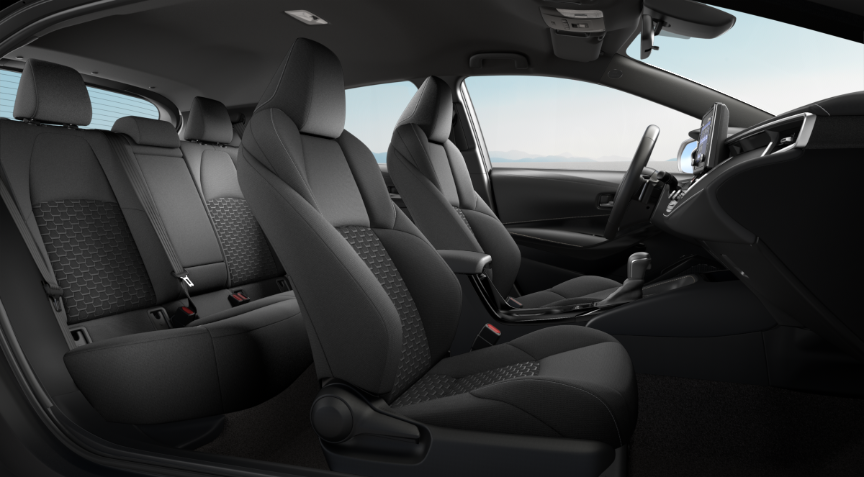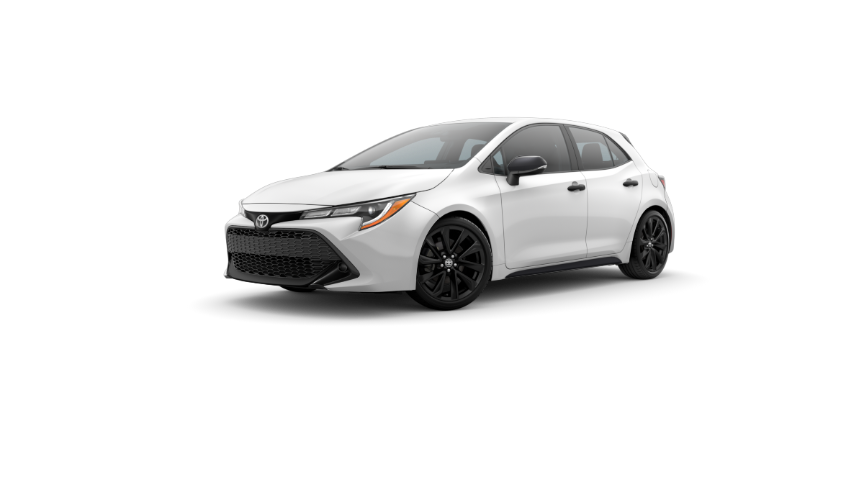2024 Sequoia
Platinum 4WD shown in Wind Chill Pearl. Prototype shown with options.
Resilient from the ground up.
From mountain and desert getaways to spontaneous get-togethers—this powerful ride is destined for greatness.
Discover what makes Sequoia stand out.
Designed for
the long haul.
Comfort within reach.
Seamless tech for rigorous exploring.
Toyota Safety Sense™ 2.5
- 18-in. TRD Pro matte-black forged-aluminum BBS® wheels with TRD center caps
- TRD Pro off-road suspension with 2.5-in. FOX® Internal Bypass coil-overs and rear remote-reservoir shocks, and TRD Pro front stabilizer bar
- Black "TOYOTA" heritage grille with integrated LED light bar and amber marker lights
We currently offer more low and zero emission vehicles than any other automaker, to give customers numerous choices to reduce their carbon footprint.
Whether Toyota is decreasing its plastic waste, supporting water conservation efforts, or expanding programs that protect critical species, we are committed to reducing our environmental footprint and creating a positive impact on society.
Through the Toyota Environmental Challenge 2050, team members across the company, in every region of the world, are working to put Toyota’s global vision of respect for the planet into action. Challenge 2050 unites us all with a common purpose: to be more than just good stewards of the environment and to create positive changes beyond our facility boundaries.



